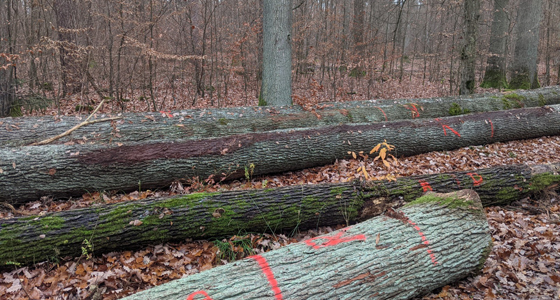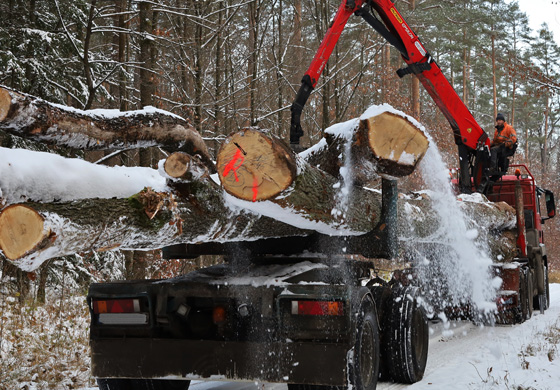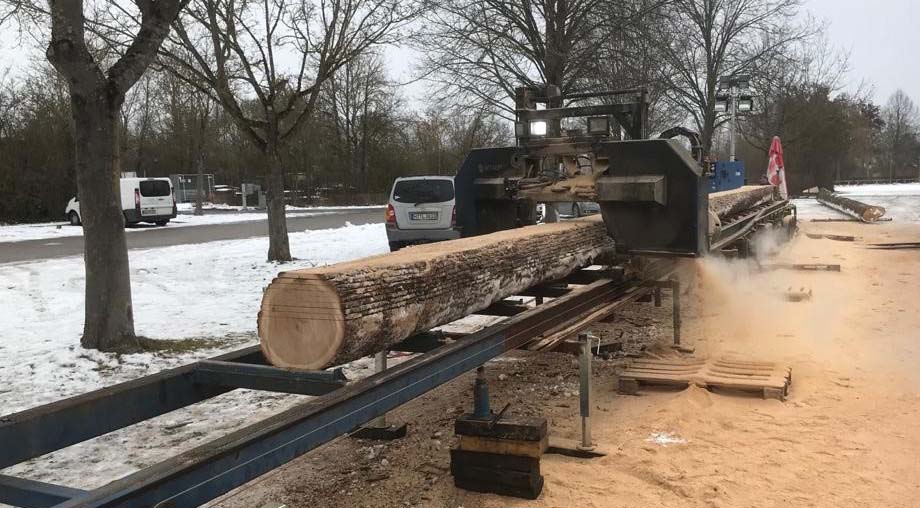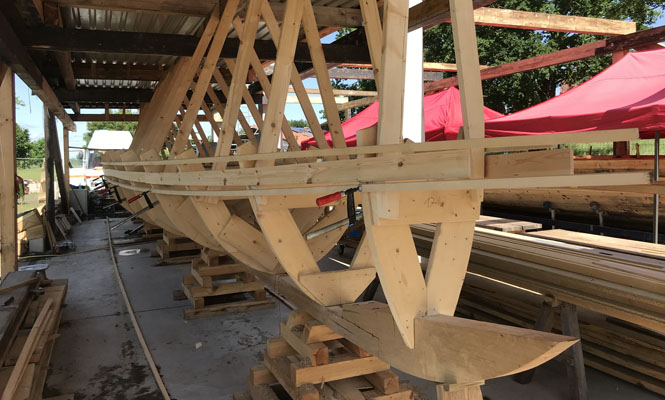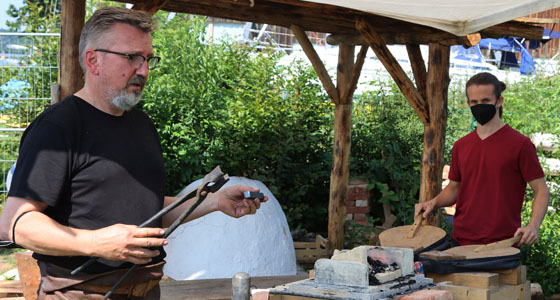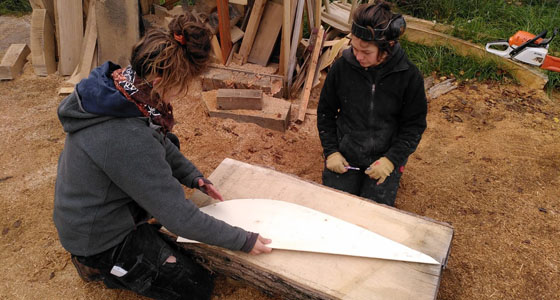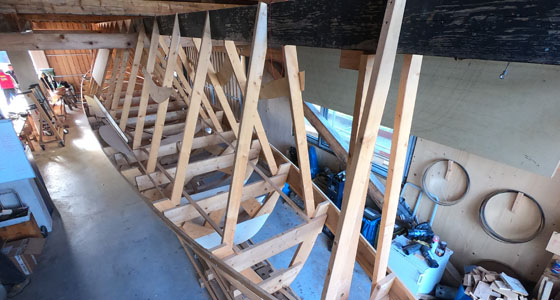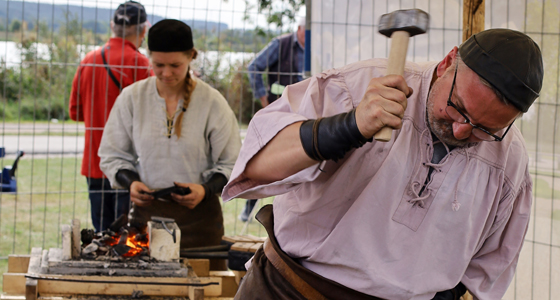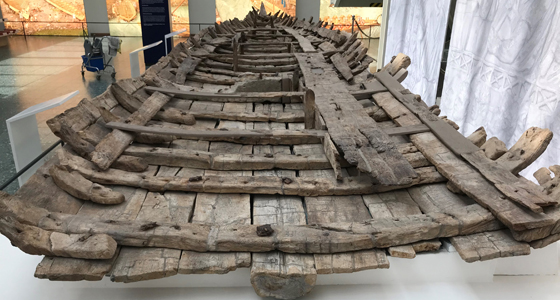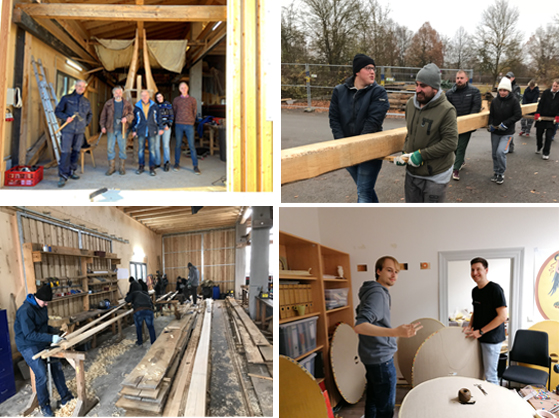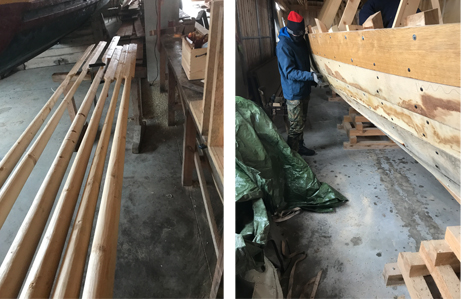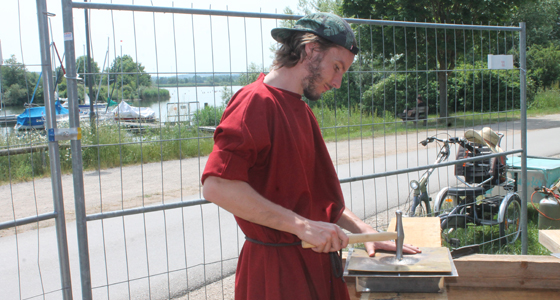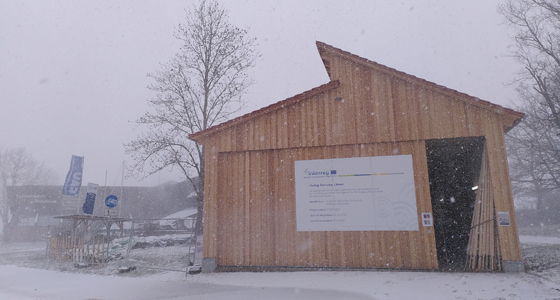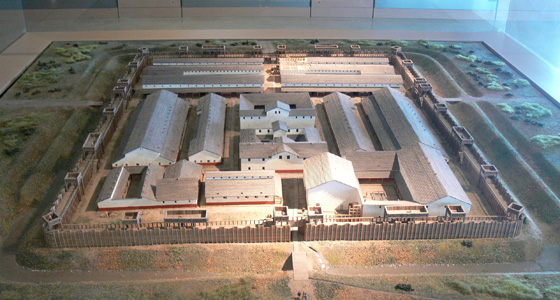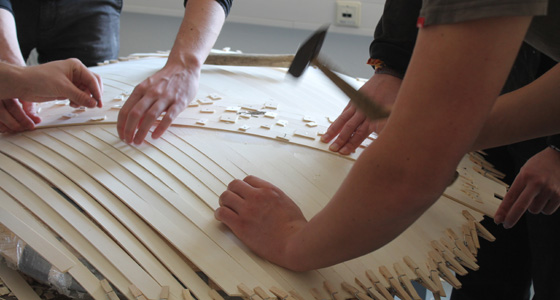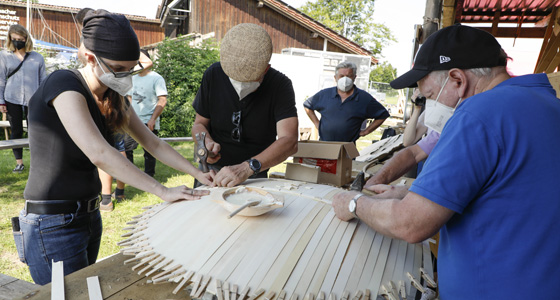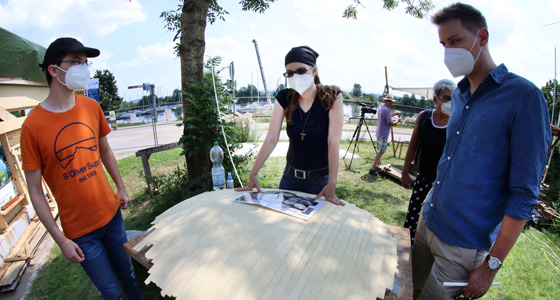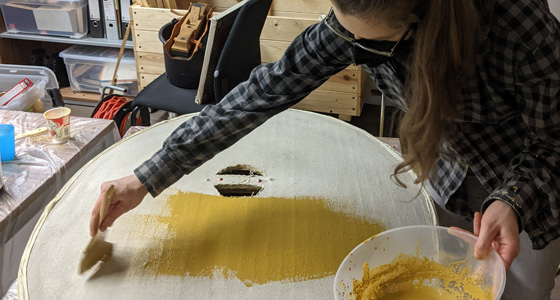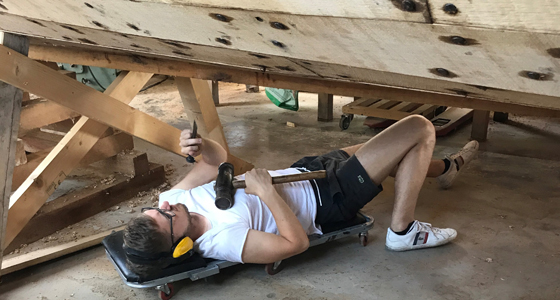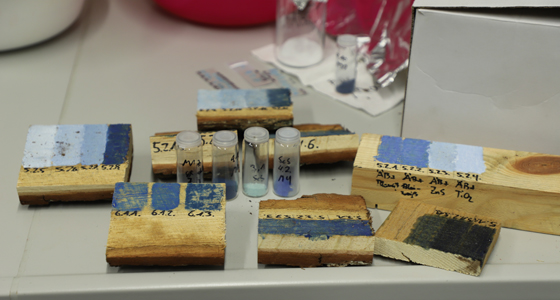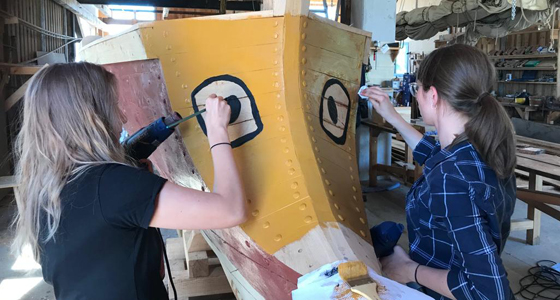|
Without the numerous volunteers and students, the construction of the Danuvina Alacris could not succeed. The student Christof Schindler is part of the core team, he has been there from the beginning and take on work at the boat building site at the Altmühlsee several times a week.
What kind of work do you normally do?
In the last few months, I have mainly been helping to work out templates for the ribs and futtocks. I was also involved in the working process of the ribs. Recently, I also helped hammer the many nails into the boat. In addition, I support the boat builders with various activities.
What motivates you in particular?
I like the practical addition to my theoretical studies (history and political science). I am also attracted by the further training in craftsmanship and the mastering of new challenges.
What has been your most exciting or curious experience so far?
In autumn and winter we didn't exactly have great weather. Nevertheless, we continued to work, which led, for example, to sanding ribs in a snowstorm.
Text: Christof Schindler, Alexander Hilverda
Photo: Mathias Orgeldinger
|


